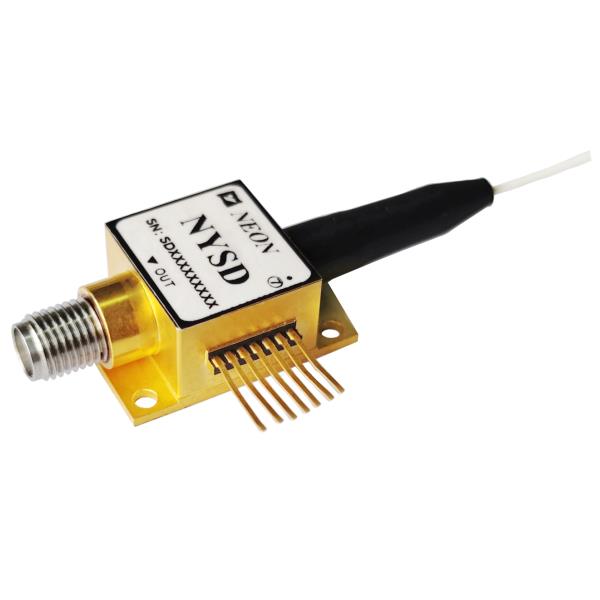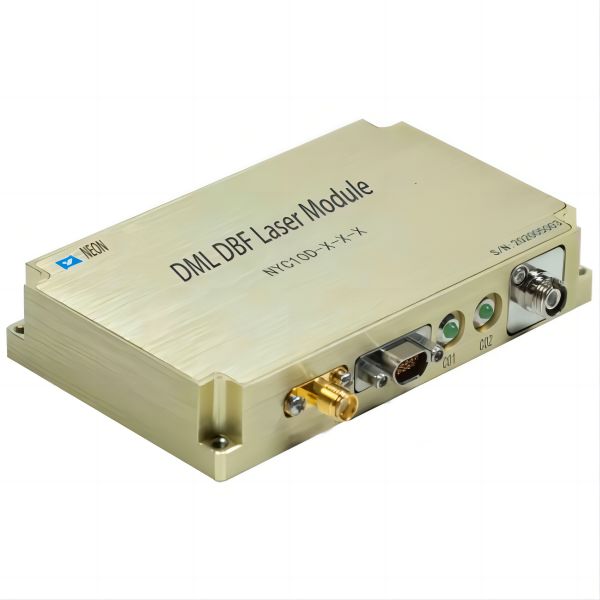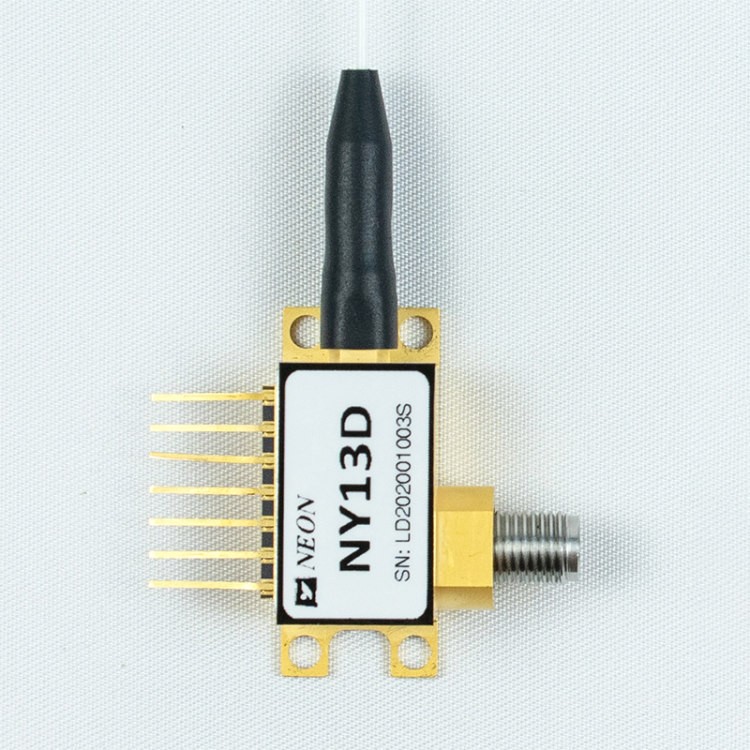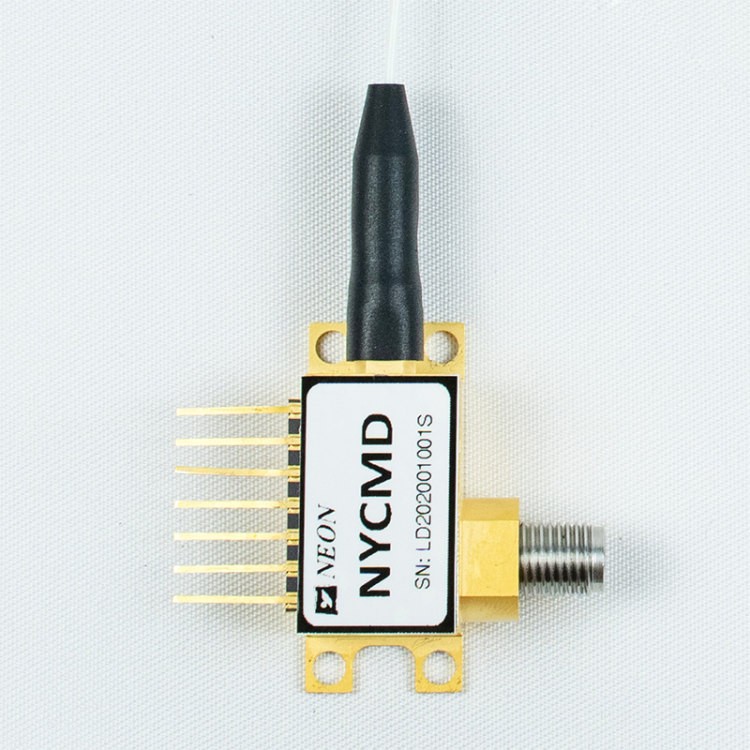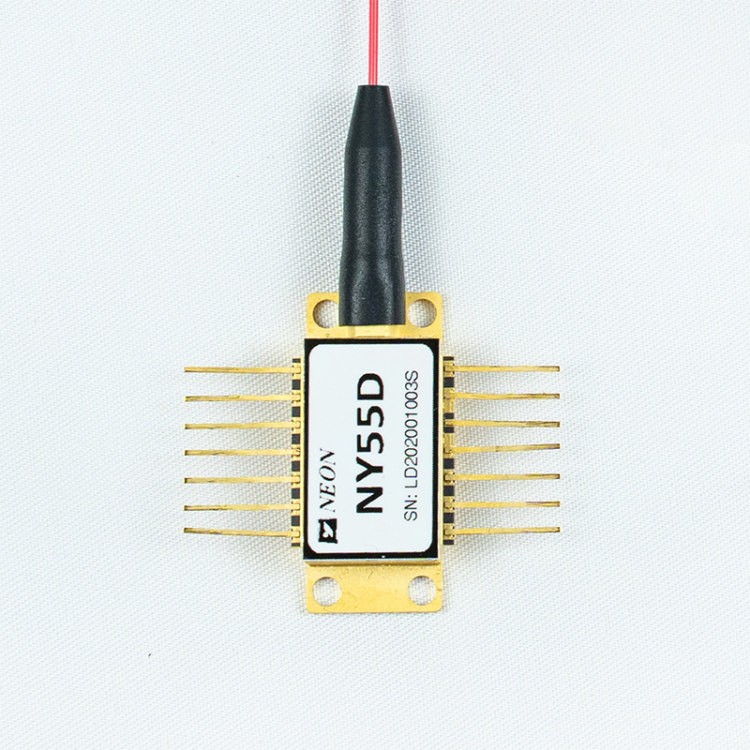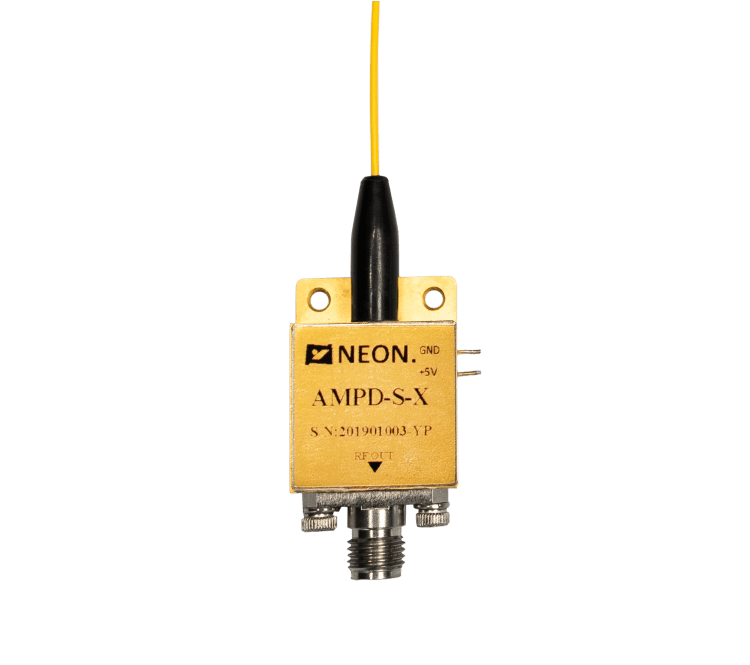Shedding Light on Laser Diode Modules: Types, Advantages, and Applications
Laser diode modules are semiconductor devices that produce coherent light through the process of stimulated emission. These devices are used in a wide range of applications, from telecommunications to medical equipment to industrial machining. Understanding the different types of laser diode modules available is crucial for choosing the right one for a specific application. In this article, we will discuss the four main types of laser diode modules: distributed feedback (DFB) laser diodes, edge-emitting laser diodes, quantum cascade lasers (QCLs), and external-cavity diode lasers (ECDLs), as well as fiber-coupled laser diode modules.
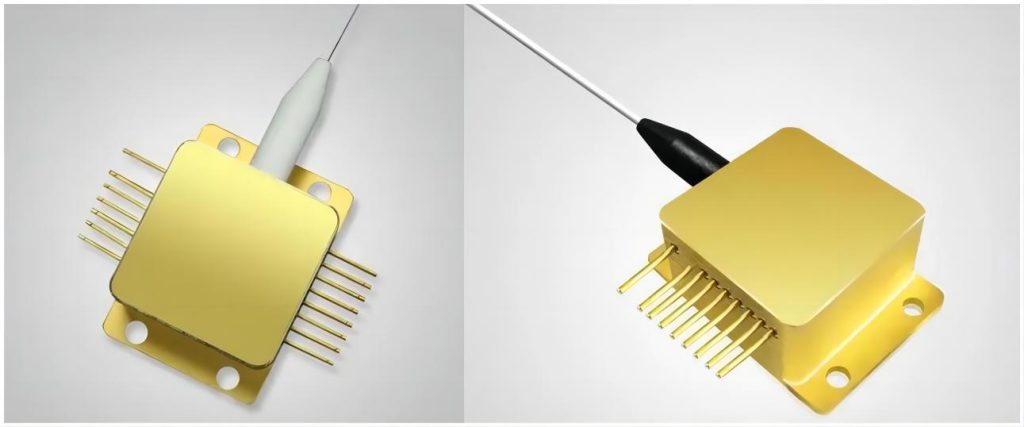
DFB Laser Diodes
DFB laser diodes are a type of semiconductor laser that uses a grating structure to achieve single-mode operation. The grating structure provides feedback to the laser cavity, resulting in a narrow linewidth and stable output wavelength. DFB laser diodes have several advantages over other types of laser diodes. They have a narrow linewidth, which makes them suitable for applications that require high spectral purity, such as optical communications and sensing. They also have high power efficiency and low noise, which makes them suitable for high-speed data transmission.
DFB laser diode modules are used in a variety of applications, including optical communications, sensing, and spectroscopy. They are commonly used in fiber optic communication systems, where they are used to transmit information over long distances. They are also used in gas sensing applications, where they can be used to detect trace amounts of gases in the atmosphere. Examples of DFB laser diode modules include the Lumentum 1310nm DFB Laser Diode Module and the CWDM Microwave Powerful Laser Diode Module.
Edge-Emitting Laser Diodes
Edge-emitting laser diodes are a type of semiconductor laser that emits light from the edge of the semiconductor chip. They are typically fabricated using a double-heterostructure design, which allows for efficient light emission. Edge-emitting laser diodes have several advantages over other types of laser diodes. They are easy to fabricate and can be produced at a low cost. They also have a wide tuning range, which makes them suitable for applications that require wavelength agility.

Edge-emitting laser diodes are used in a variety of applications, including optical communications, sensing, and material processing. They are commonly used in optical disc drives, where they are used to read and write data on CDs and DVDs. They are also used in laser printers, where they are used to create high-resolution images on paper. Examples of edge-emitting laser diode modules include the Thorlabs L780P080 780nm Laser Diode Module and the Lumentum 1550nm Butterfly Laser Diode Module.
Quantum Cascade Lasers (QCLs)
Quantum cascade lasers (QCLs) are a type of semiconductor laser that uses quantum mechanics to achieve light emission. QCLs use a cascade of quantum wells to achieve population inversion, which allows for efficient light emission. QCLs have several advantages over other types of laser diodes. They have a wide tuning range, which makes them suitable for applications that require wavelength agility. They also have high power efficiency and low noise, which makes them suitable for high-speed data transmission.
QCLs are used in a variety of applications, including gas sensing, spectroscopy, and industrial processing. They are commonly used in environmental monitoring systems, where they are used to detect trace amounts of gases in the atmosphere. They are also used in industrial machining, where they are used to cut and weld metals. Examples of QCL laser diode modules include the Thorlabs QCL Driver and the Hamamatsu QCL module.

External-Cavity Diode Lasers (ECDLs)
External-cavity diode lasers (ECDLs) are a type of laser diode that uses an external cavity to achieve single-mode operation. The external cavity provides feedback to the laser cavity, resulting in a narrow linewidth and stable output wavelength. ECDLs have several advantages over other types of laser diodes. They have a narrow linewidth, which makes them suitable for applications that require high spectral purity. They also have a wide tuning range, which makes them suitable for applications that require wavelength agility.
ECDLs are used in a variety of applications, including spectroscopy, sensing, and optical metrology. They are commonly used in high-precision measurement systems, where they are used to measure length and displacement. Examples of ECDL laser diode modules include the Newport ECL Series and the Toptica DL pro External Cavity Diode Laser.
Fiber-Coupled Laser Diode Modules
Fiber-coupled laser diode modules are a type of laser diode that is integrated with a fiber optic cable. The fiber optic cable allows for efficient coupling of the laser light into the fiber, resulting in high power output and low coupling losses. Fiber-coupled laser diode modules have several advantages over other types of laser diodes. They have high power output and low coupling losses, which makes them suitable for applications that require high power levels. They also have a compact design, which makes them suitable for applications that require a small footprint.
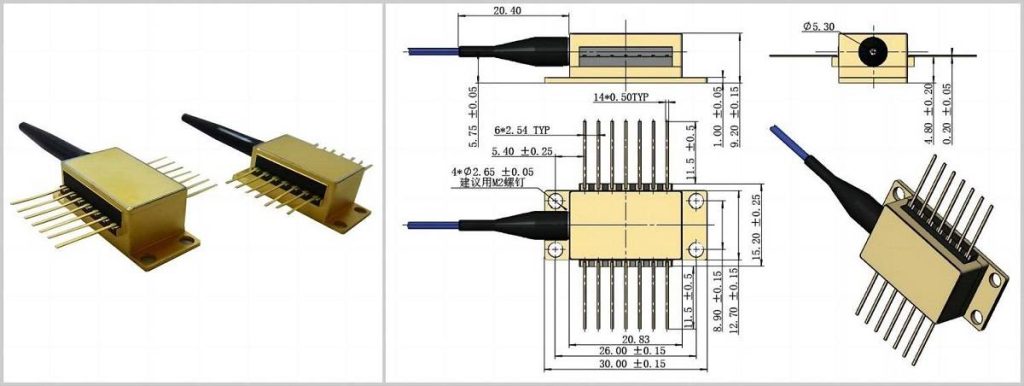
Fiber-coupled laser diode modules are used in a variety of applications, including industrial machining, medical equipment, and material processing. They are commonly used in laser surgery, where they are used to cut and coagulate tissue. They are also used in material processing, where they are used to weld and cut metals. Examples of fiber-coupled laser diode modules include the Thorlabs LPS-635 Fiber-Coupled Laser Diode Module and the Lumentum 980nm Fiber-Coupled Laser Diode Module.
Summary and Conclusion
In conclusion, understanding the different types of laser diode modules is crucial for choosing the right one for a specific application. Distributed feedback (DFB) laser diodes are suitable for applications that require high spectral purity while edge-emitting laser diodes are suitable for applications that require low cost and wide tuning range. Quantum cascade lasers (QCLs) are suitable for applications that require wavelength agility, while external-cavity diode lasers (ECDLs) are suitable for applications that require high precision and stability.


